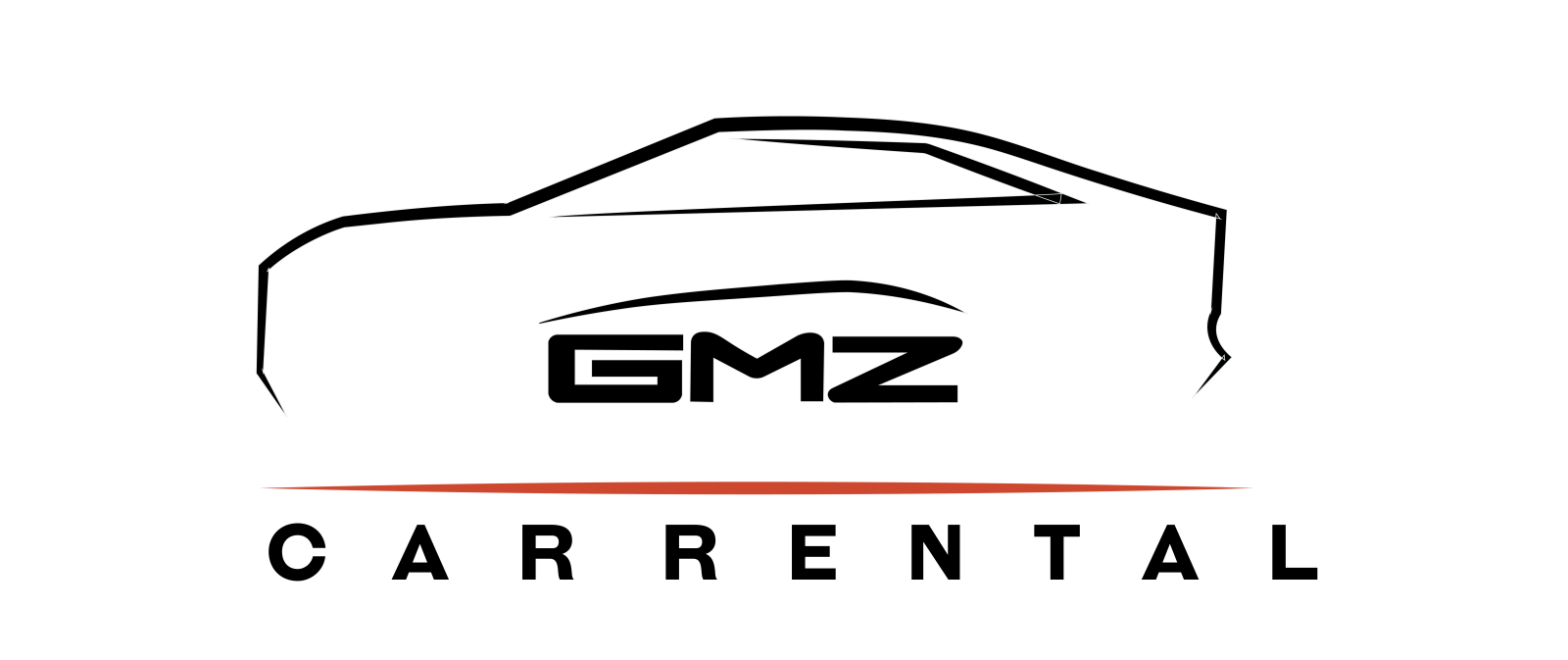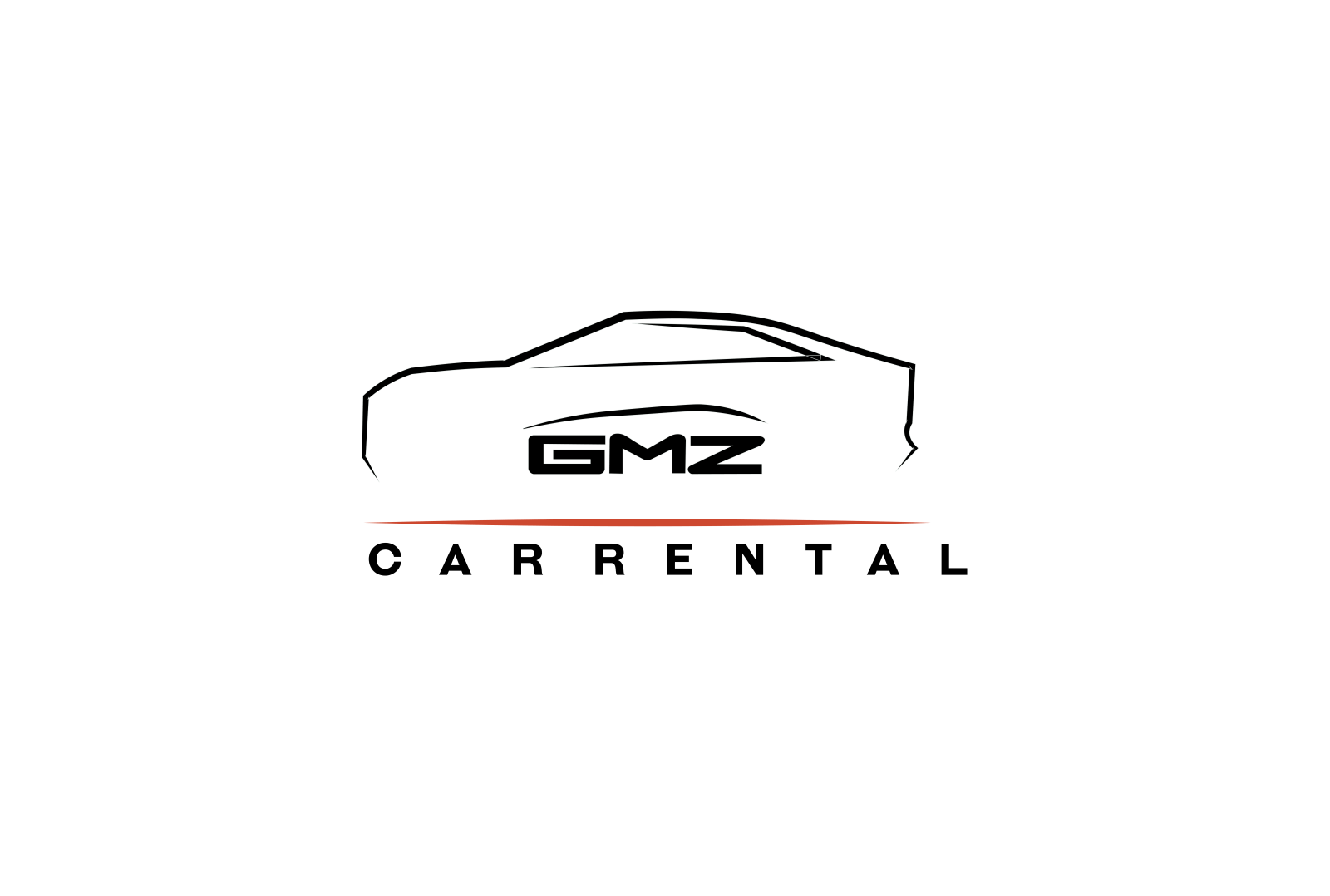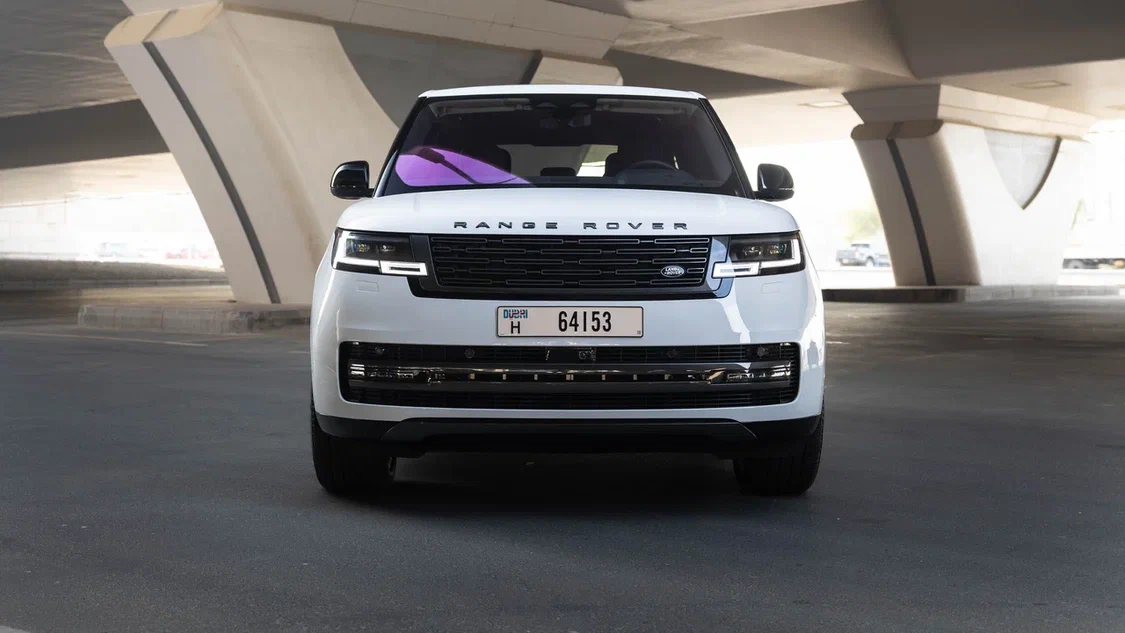Sport utility vehicles (SUVs) have become the preferred choice for many drivers today, often dominating sales charts. While their robust design and elevated driving position appeal to consumers, many models function primarily as family vehicles rather than true off-road machines. For those seeking genuine off-road experiences, selecting a dedicated 4×4 vehicle is essential.
The vehicles highlighted here are sturdy and built for challenging environments. They vary from models engineered exclusively for off-road capabilities to adaptable options ready to tackle diverse terrains. This compilation will serve various preferences and budgets, ensuring that whether preparing for desert adventures or navigating city streets, there is an optimal choice for every adventurer.
Range Rover
Technical Specifications:
- Powered by a 5.0L V8 engine producing 370 hp.
- Features an 8-speed automatic gearbox for smooth shifting.
- Total weight stands at 2144 kg.
- Includes advanced electronic cross-linked air suspension and a second-generation Terrain Response system.
- Achieved a 5-star safety rating from EURO NCAP.
Benefits:
- Offers exceptional luxury and comfort suitable for both on and off-road driving.
- Equipped with cutting-edge technology ideal for off-road excursions.
- Delivers robust performance with quick acceleration.
- The interior is designed for tranquility, showcasing elegant aesthetics.
- Known for its safety, providing peace of mind for occupants.
Drawbacks:
- Larger wheel sizes may enhance vibrations during off-road use.
- The low chassis design can lead to issues on uneven terrain.
The Range Rover merges luxury with capability, making it a preferred choice for enthusiasts of refined off-road experiences.
Mercedes G-Wagon
Technical Details:
- Sturdy design featuring enhanced off-road performance.
- Fitted with a robust engine and versatile transmission options.
Benefits:
- Efficiently transitions between high and low gear settings.
- Combines eye-catching aesthetics with strong off-road capabilities.
Drawbacks:
- Higher fuel consumption relative to some rivals.
- Limited passenger space and comfort amenities.
Toyota Sequoia
Specifications:
- Equipped with a 5.7L V8 engine and 4WD.
- Features a 6-speed automatic transmission and multi-mode 4×4 system.
- The vehicle weighs approximately 2,700 kg.
Benefits:
- Offers smooth handling and accommodates up to 8 passengers.
- Powerful V8 engine suitable for towing capabilities.
- Robust design ideal for diverse terrains.
- Versatile cabin space with ample luggage capacity.
Drawbacks:
- Lacks advanced technology features.
- The size may feel cumbersome, with higher fuel consumption.
The Sequoia provides a stable option for off-road adventures, especially when luxury amenities are not a priority. Its combination of strength and simplicity appeals to those seeking reliability in challenging environments.
Nissan Patrol
Technical Specifications:
- Engine: 5.6L V8
- Transmission: 7-speed automatic
- Weight: 2795 kg
- 4×4 Modes: Variable settings for sand, road, rock, and snow
- Features: Hydraulic body motion control and electronic-locking rear differential
Benefits:
- Powerful 5.6L V8 engine delivers strong performance
- Smooth shifting transmission offers a comfortable driving experience
- Spacious cabin provides ample room for passengers and cargo
- Capable of towing substantial loads
- Sturdy build with a flexible interior layout
Drawbacks:
- Larger size may pose challenges in urban driving conditions
- Higher fuel consumption compared to smaller vehicles
The Nissan Patrol stands out for its blend of power and comfort, making it a well-suited choice for demanding environments like the desert. Its features are designed to handle various terrains effectively, appealing to those seeking adventure and versatility.
Land Rover Discovery
Technical Details:
- Engine: 335 bhp 6-cylinder
- Transmission: 9-speed automatic
- Weight: 2,230 kg
- Terrain Response system for adaptable driving modes
- Torque Vectoring by Braking System
- Hill Descent Control for improved handling
Benefits:
- Exceptional off-road performance paired with comfortable highway driving
- Accommodates up to seven passengers, ideal for larger families
- Recognized as one of the safest SUVs, boasting a 5-star safety rating
- Available with a powerful V8 engine for enhanced capability
- Offers a refined and quiet driving experience with elegant design
Drawbacks:
- Optimized for solid rock surfaces, less suited for sandy terrains
- Heavier weight may cause difficulties on sand with the 6-cylinder engine
- Traditionally used for exploration, better suited for light family outings rather than challenging sandy environments.
Hummer
Technical Specifications:
- Engine: 6.2L V8
- Transmission: 6-speed automatic
- Weight: 3000 kg
Benefits:
- Durability: Built to withstand tough challenges with a robust structure.
- Interior Space: Offers a roomy cabin suitable for passengers and gear.
- Tire Design: Equipped with large tires for effective off-road navigation.
- Towing Capacity: The powerful V8 engine enables the vehicle to handle substantial loads.
Drawbacks:
- Weight Issues: The substantial weight can hinder performance in sandy environments.
- Transmission Lag: Slower transmission response may be felt when driving on sand dunes.
- Maneuverability: Its bulk can complicate parking and city driving situations.
Toyota Land Cruiser
Specifications:
- Equipped with a robust 5.7L V8 engine paired with a 5-speed automatic transmission.
- Total weight measures at 2615 kg.
- Includes features like CRAWL Mode for off-road control, Downhill Assist Control, and a multi-terrain anti-lock braking system (ABS).
- Incorporates the Kinetic Dynamic Suspension System (KDSS) for improved handling.
Benefits:
- The powerful V8 engine provides exceptional strength.
- Offers a smooth and quiet driving experience.
- Designed to tow heavy loads with ease.
- Built for durability, making it suitable for diverse terrains.
- The cabin is versatile for various uses.
Drawbacks:
- Fuel efficiency is low, leading to higher consumption.
- Third-row seating has limited space.
This vehicle is a top choice for those who value performance and dependability, especially in challenging environments. It holds popularity in regions like the Middle East for its unmatched talent in navigating tough landscapes.
Chevrolet Tahoe
Specifications:
- Engine: 5.3L V8 generating 355 hp
- Transmission: 6-speed automatic with 4-wheel ABS
Benefits:
- Seating: Accommodates up to 7 passengers with a versatile interior.
- Height: Elevated chassis helps clear obstacles.
- Ride Quality: Delivers a smooth and comfortable driving experience.
- Design: Built to handle a variety of terrains with durability.
- Towing Capacity: Can tow substantial weights efficiently.
Drawbacks:
- Transmission Response: Off-road shifting can be slow, particularly in sandy conditions.
- Off-Road Modes: Offers limited options for challenging terrains.
The Chevrolet Tahoe stands out as a family-friendly SUV, providing significant space and comfort for long journeys, making it less suited for extensive off-road adventures.
Jeep Wrangler
Technical Specifications:
- Engine: 3.6L with a 6-speed manual transmission
- Weight: 1759 kg
Benefits:
- The compact chassis enhances agility around sharp turns and steep terrains.
- Its lightweight and durable structure contribute to its off-road capabilities.
- The iconic design makes it visually appealing and enjoyable for drivers.
Drawbacks:
- The Wrangler is not ideal for larger groups or handling heavy luggage.
- It features a smaller engine that limits its overall power.
- Safety ratings are lacking, and the ride comfort is not a strong point.
While the Jeep Wrangler excels in short, adventurous outings, its limitations on space and power should be considered when planning trips.
Ford Bronco
Technical Details:
- Wheelbase: 92-inch for enhanced road presence.
- Engine: V8 configuration paired with Dana 44 transmission.
- Power Output: 105 horsepower with 158 lb-ft of torque.
- Fuel Efficiency: Approximately 16 mpg in urban settings and 13 mpg on highways.
Benefits:
- Powerful Engine: The V8 engine offers remarkable capabilities for off-road adventures.
- Enhanced Stability: A wider wheelbase contributes to better handling and stability during drives.
- Fuel Economy: Offers competitive mileage for city and highway conditions.
Drawbacks:
- Manual Gearbox: Requires more effort to operate, which might not suit every driver.
- Interior Features: Lacks the modern amenities found in many newer SUVs.
The Ford Bronco is a notable option for those pursuing a robust off-road vehicle with good fuel economy.
Tips to Consider Before a Desert Trip
When planning a driving excursion through the desert, particularly in the UAE, several key considerations can enhance safety and enjoyment. Here are some essential tips to keep in mind:
- Driver Experience: It is crucial to have a driver experienced in off-road conditions. Inexperienced drivers may find navigating treacherous terrains challenging.
- Vehicle Choice: Selecting the appropriate vehicle is paramount. A 4×4 with off-road capabilities is ideal. Luxury cars might not perform as well due to their weight and design.
- Tires: Using wider tires can significantly improve traction in sandy conditions. Tires that mimic snowshoes can help prevent sinking into the sand.
- Tire Pressure: Reducing tire pressure to about 18-20 psi enhances the vehicle’s footprint, allowing for better sand displacement. It is important to reinflate tires once back on solid ground.
- Weight Management: To minimize the risk of becoming stuck, passengers should consider removing heavy items from the vehicle. Lighter vehicles perform better in the sand.
- Driving Techniques: It is advisable to navigate sand dunes by driving either uphill or downhill. Maintaining moderate speeds helps reduce the likelihood of accidents.
- Situational Awareness: Drivers should remain alert for other off-roaders and be cautious of sharp turns or driving on vegetation, as this could harm both the vehicle and the environment.
- Preparation: Pack sufficient water, fuel, and essential navigation tools, as remote areas may lack these resources.
- Dealing with Stuck Vehicles: If stuck, it is advisable to stop, lower the tire pressure further, and avoid sudden movements or braking that could worsen the situation.
- Prioritizing Safety: Safety should always come first. Adequate preparation coupled with cautious driving techniques ensures a rewarding desert experience.
Final Thoughts
Choosing the correct type of vehicle plays a significant role in enhancing the desert driving experience. Important factors to consider include engine capability, tire size, and overall vehicle weight. Alongside these considerations, it is vital to emphasize safety features and off-road performance. A well-chosen vehicle and appropriate driving techniques can lead to memorable journeys through the desert landscape.
Frequently Asked Questions
Are 4×4 vehicles appropriate for desert driving in the UAE?
Yes, 4×4 vehicles are highly suitable for driving in desert conditions, providing better traction and handling capabilities on sandy surfaces.
What essential elements should be factored in when picking a 4×4 for desert driving?
Key elements include the engine’s power, tire dimensions, overall weight, and features that support off-road functioning, such as low-range gears and traction management.
Can luxury SUVs handle desert terrains effectively?
Luxury SUVs, while often equipped with powerful engines, may face limitations in sandy environments due to their heavier build. More agile 4x4s are typically recommended for optimal performance.
Why is tire pressure significant during off-road desert driving?
Tire pressure is vital; lowering it broadens the tire’s surface area, improving traction and reducing the risk of getting stuck.
What safety measures should be observed when driving in desert areas?
Always carry an ample supply of water and fuel, maintain reasonable speeds, and steer clear of risky driving maneuvers or vegetation.
Are there specific driving skills important for navigating in the desert?
Absolutely. It is advisable to drive up or down sand dunes, maintain forward momentum, and avoid sudden braking or sharp maneuvers to enhance safety.
How can one prepare a vehicle for desert travel?
Ensuring the vehicle is outfitted with adequate tires, packing essential supplies, and having a reliable navigation system are all crucial steps to prepare for desert driving.
What actions should be taken if a 4×4 becomes stuck in the sand?
The first step is to halt and possibly lower the tire pressure even more. Avoid wheel spinning, and consider removing unnecessary weight to help free the vehicle.
Is it permissible to drive on desert vegetation?
No, driving on vegetation can damage both the vehicle and the landscape. Staying on designated paths is essential for environmental conservation.
Is driving sideways on dunes safe?
No, driving sideways can increase the risk of rolling over. It is safer to navigate the dunes by driving in an up or down trajectory.



0 Comment